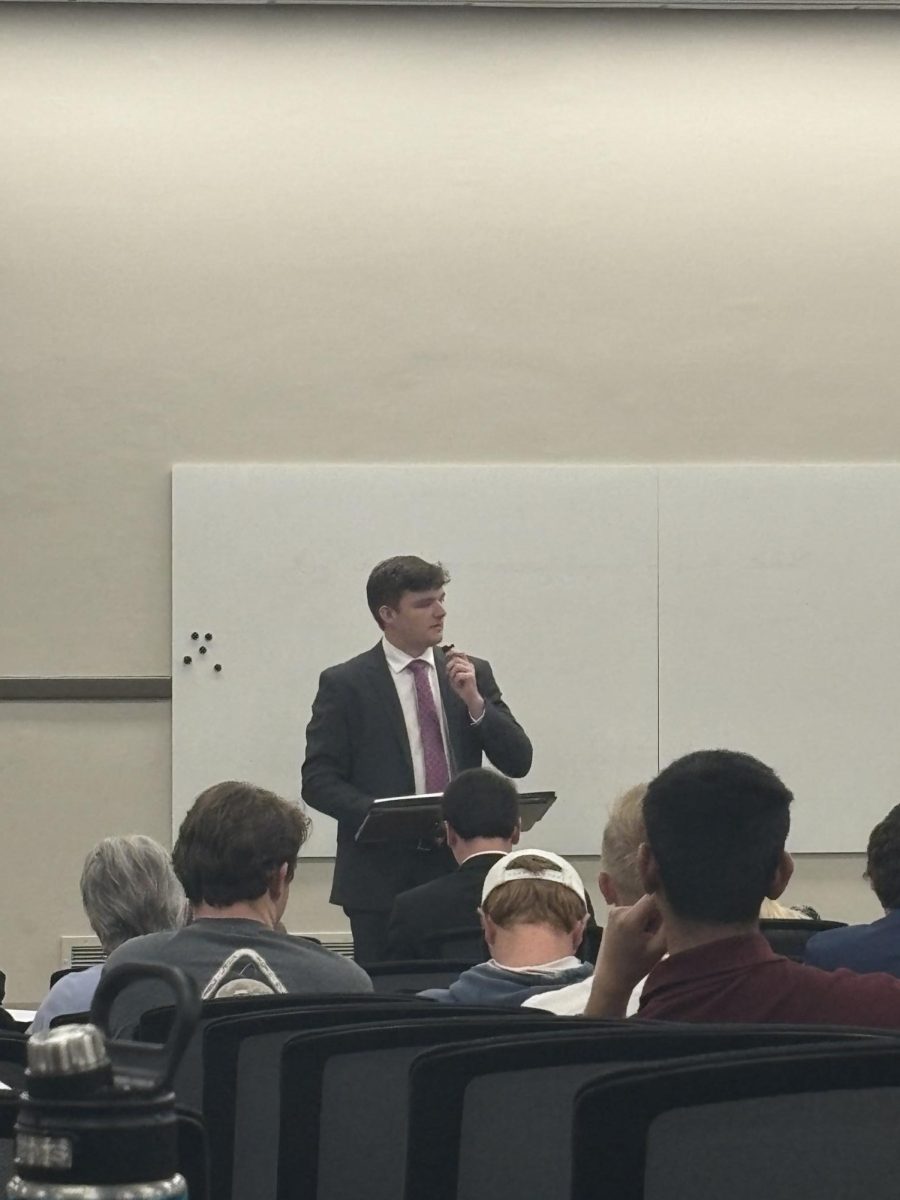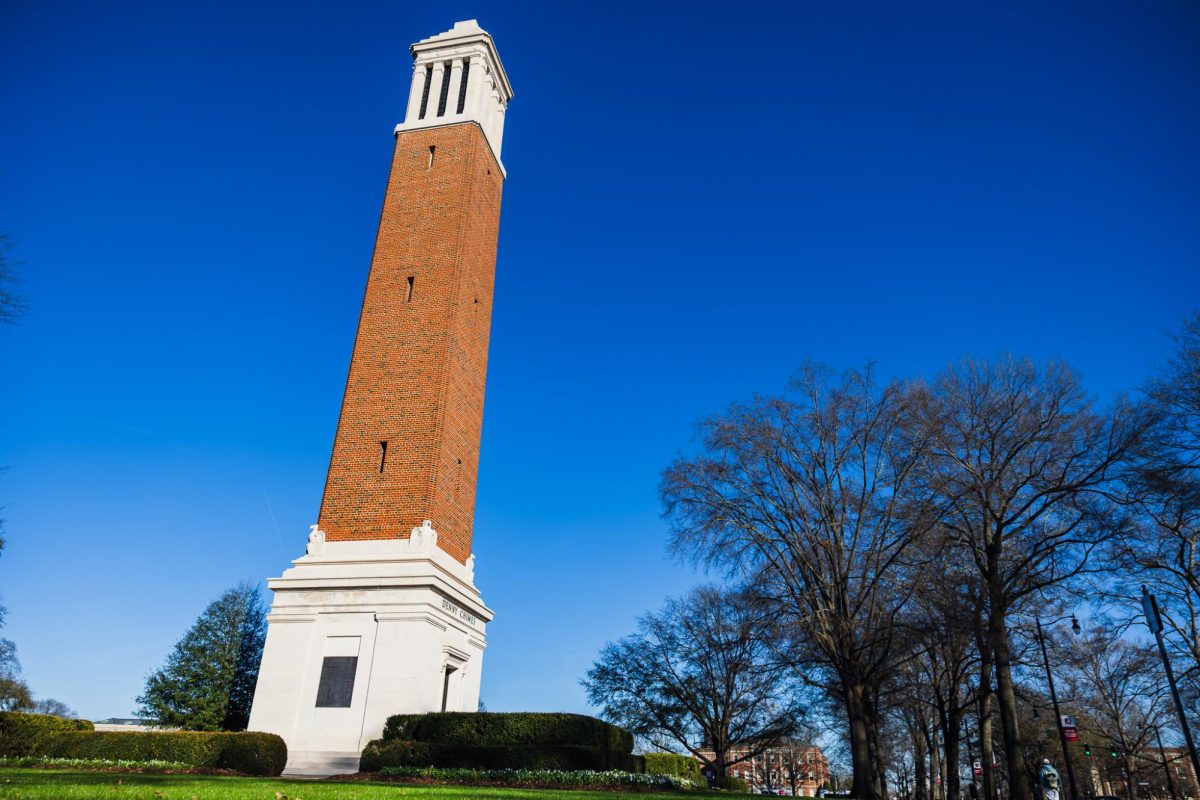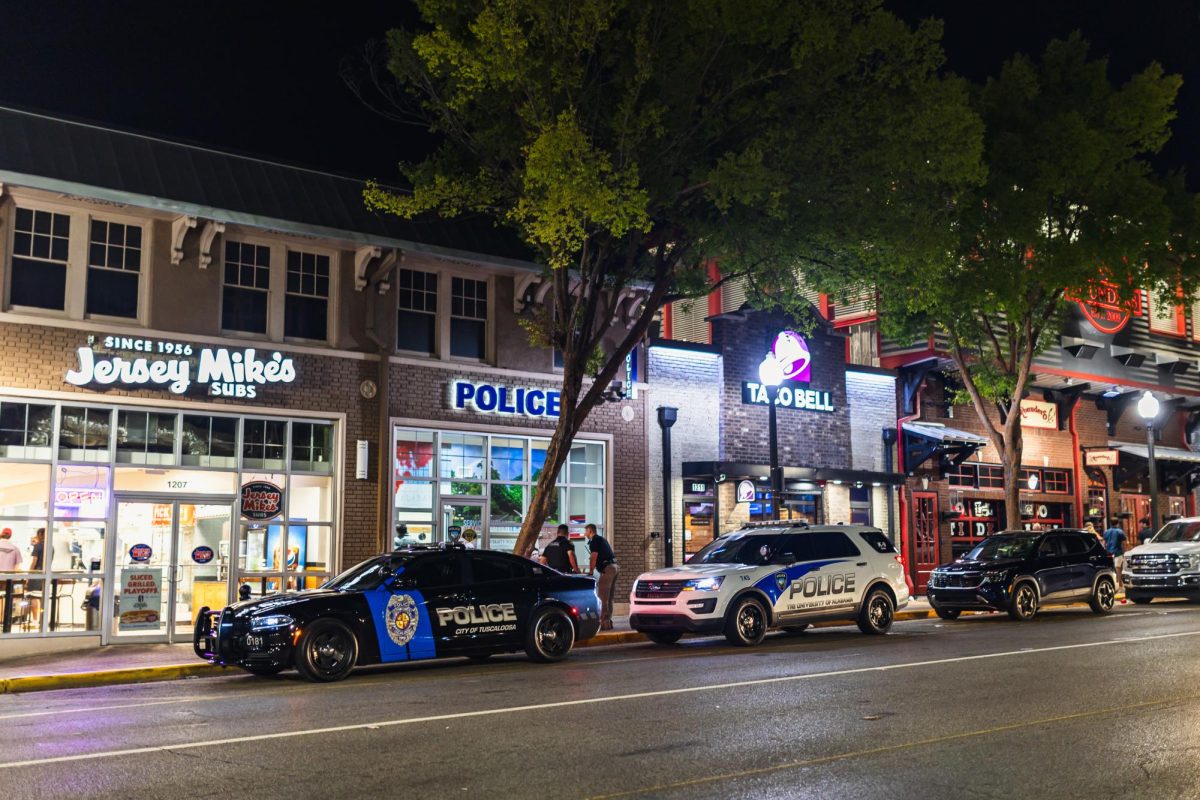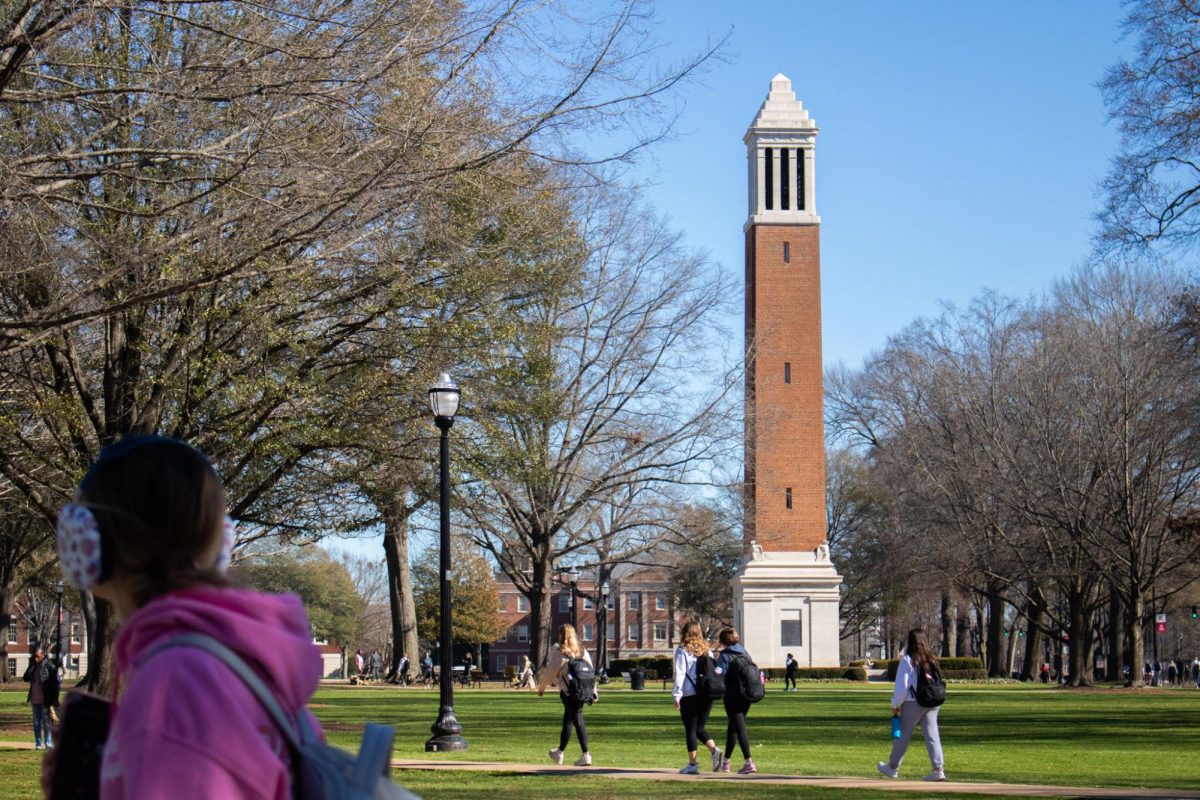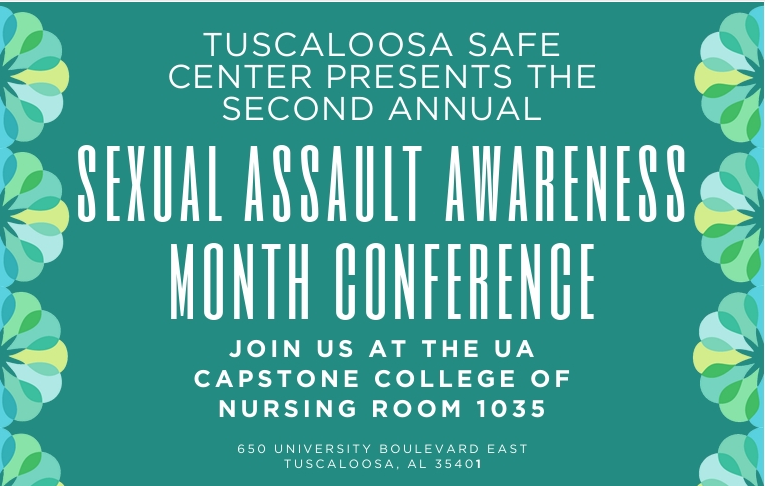Both local and national media offered a variety of perspectives on the events following the April 27 tornado.
The Discovery Channel aired a documentary called “Tornado Rampage” showing footage from live news broadcasts of the storm, professional storm chasers and eyewitnesses of the tornado in Tuscaloosa and the surrounding areas as well as in other affected parts of the country. The documentary also explained the scientific causes of tornadoes and why there was such a large emergence of tornadoes in April 2011.
“Tornado Rampage” featured interviews with students and members of the Tuscaloosa community about their tornado experiences. Tuscaloosa resident Aime Hall spoke in the documentary about her experience with the tornado as her house was lifted off the ground and put back down.
“It just felt like we were in ‘The Wizard of Oz’ and the house was just turning and you could see everything,” she said.
WVUA-TV and the Center for Public Television produced a documentary about the tornado titled “Faces of the Storm.” The hour-long documentary aired for the first time on Nov. 22, 2011 and included footage of the tornado as well as the resulting damage.
Unlike “Tornado Rampage,” which focused more on the effects of the tornadoes, “Faces of the Storm” shared the personal stories of loss and survival in the Tuscaloosa community.
WVUA-TV producer Terri Brewer said the documentary was able to tell the story of the storm’s aftermath in a different way than other news coverage.
“We just felt like there needed to be something that was a little but different the news coverage we were doing on a daily basis to step back and tell the story in a different way and also to preserve the history,” Brewer said. “It’s just such an event that touched the community and changed it forever and touched our staff in such a unique way that we needed to do this.”
At the time of the tornado, University of Alabama journalism professor Meredith Cummings had recently begun writing “The Up Beat,” a blog on al.com focused on sharing good news from around Alabama. After losing her home in the tornado, Cummings used her blog as a means of coping with the situation and to share good news and a positive outlook resulting from the events following the tornado.
In her blog, Cummings shares stories of the kindness of strangers and humorous items that she had to file on her insurance claims.
“I felt the need to write,” she said. “I didn’t know how else to cope, so I wrote.”
Cummings had the perspective of both a journalist and someone who was personally affected by the tornado. Having covered disasters before, Cummings followed the Society of Professional Journalists Code of Ethics principle of minimizing harm to those affected by the tornado.
“I had covered disasters before and people who were ill or dying,” she said. “To minimize harm, [journalists] think about others and don’t go in with guns blazing. We think about their feelings; we think about their thoughts. We try to minimize harm.”
Though national media covered the tornado extensively, local media outlets were able to handle the story through a more personal perspective.
“Local media were able to do this in a different way and really distinguished how we can do a story like this differently and meet different needs in the community,” Brewer said. “There were things that we saw about the situation and things we knew about the situation that only someone who’s part of the community could know.”
Journalism can have a continuing impact on the community even a year after the tornado.
“Now you move into the later things, not just anniversary [stories], but stories that continue to need to be told about how public policy of changing, how governments are still trying to figure out how to pay and whose going to pay for work that’s being done and needs to be done” Chris Roberts, a UA journalism professor, said. “We’ve got schools that have yet to be rebuilt. The biggest story that needs to be told is about insurance.”




